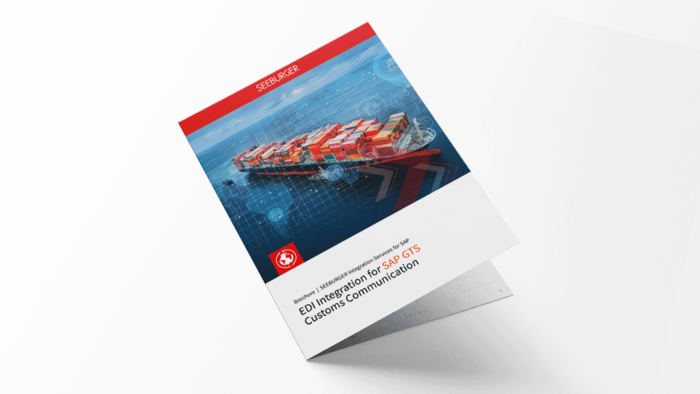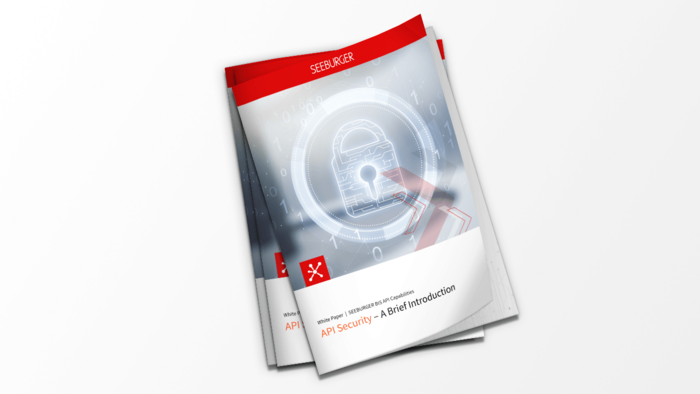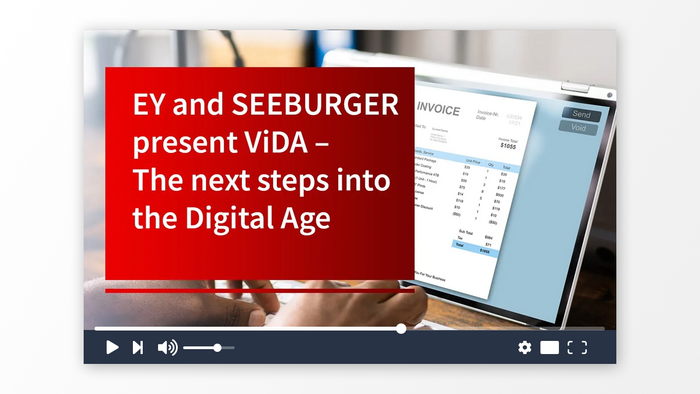Digitalization in the Consumer Packaged Goods (CPG) Industry
Connect your suppliers. Synchronize in real time. Personalize your products and strengthen your customer relationships.
One cloud-based platform for an effective multichannel sales strategy
Online commerce plays an ever more important role in the consumer packaged goods (CPG) industry. At the heart of this are e-commerce platforms, which ensure fast, transparent and secure data exchange by seamlessly connecting systems, devices and apps in real time via connectors and APIs.
The digital transformation of the supply chains in this fast moving consumer goods (FMCG) industry also enables automation, IIoT device connectivity and data analytics.
The SEEBURGER BIS Platform offers API, EAI/A2A, B2B/EDI, E-Invoicing, IIoT, Automation and MFT capabilities, tools and services to support digital transformation in the CPG/FMCG industry with anywhere deployment — in any cloud, on-premises or a hybrid environment.
More than 14,000 satisfied customers
Proven e-commerce experience
More than 14,000 customers rely on SEEBURGER for digitalization, including many companies in the CPG industry. We excel at seamless webshop integration with ERP systems as part of an effective multichannel sales strategy. Digitalize, integrate and automate your e-commerce, supply chain and manufacturing processes with one cloud-based platform, the SEEBURGER BIS Platform.
Benefits for your company
More flexibility for your retail strategy, increased efficiency and transparency throughout the entire supply chain for improved customer satisfaction and experience.
The SEEBURGER BIS Platform integrates e-commerce systems, such as online stores, CRM systems, payment systems and online marketplaces into a comprehensive digital ecosystem.
Real-time data transmission opens up entirely new avenues for differentiated data analysis, automation, production connectivity and IIoT integration. The SEEBURGER BIS Platform integrates all business processes for fast moving consumer goods and the CPG industry—all in one cloud-based platform.
Any changes you make in the backend automatically appear to your customers browsing your online shop. Seamless integration also improves and streamlines procurement, logistics, administration and customer service. If you also integrate a PIM or PDM system, you can automatically enrich master data with design elements such as photos or videos.
After all, customers now expect individualized discounts and their individual preferences for packaging and delivery options to be automatically registered. This level of personalization is only possible if you have digitalized business processes. The SEEBURGER BIS Platform enables the hyperautomation and digitalization of processes with a rules-based process engine, the ability to manage structured and unstructured data, API integration, information and process management, and the ability to integrate your ERP system.







